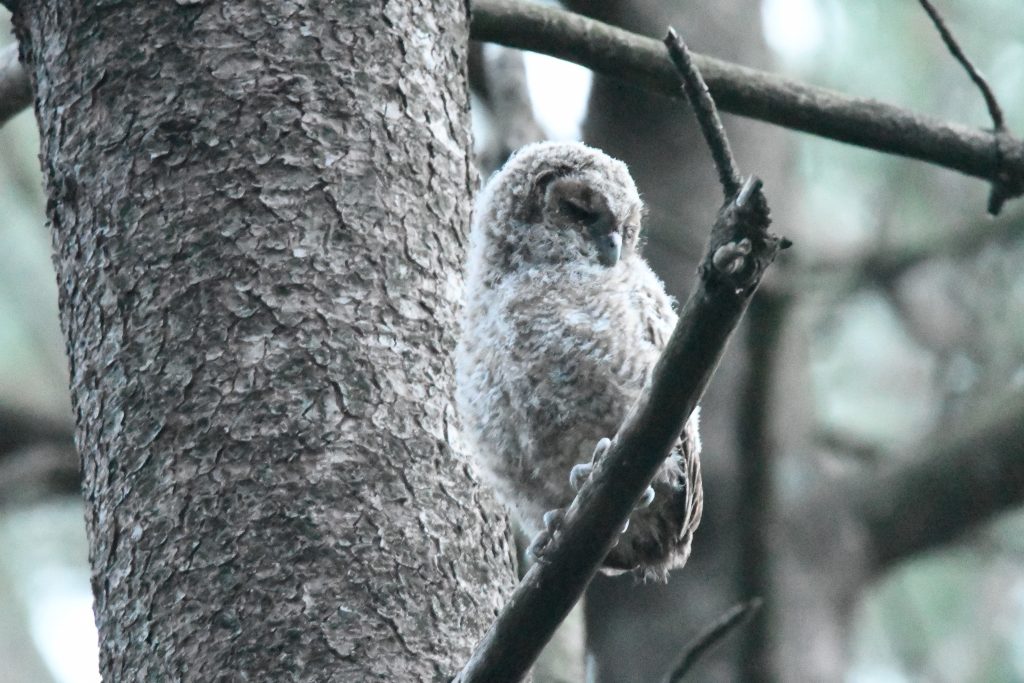Nature Notes May 2020
Date Published: 31-05-2020
A hot month, making it the sunniest May on record and the driest for 120 years. It proved to be a busy time on site. Again, there were no work parties due to the Coronavirus pandemic.
SIGHTINGS
Birds (seen or heard): Carrion Crow, Magpies, Jays, Buzzards, Tawny Owls/Owlets, Green/Great Spotted Woodpeckers, Sparrowhawk, Wood Pigeons, Nuthatches, Treecreepers, Wrens, Blackcaps, Chiffchaffs, Blackbirds, Song Thrushes, Robins, Dunnocks, Greenfinches, Goldfinches, Chaffinches, Bullfinches, Siskins, Stonechats, Tree Pipits, Nightjar, Coal/Blue/Great/Long-tailed Tits, Swifts.
Insects: Midges, Wasps, Hover Flies, Bee Flies, Species of Bees, Orb Web Spiders, Funnel Web Spiders, Two Banded Longhorn Beetle.
Butterflies/Moths: Holly Blue, Orange Tip, Peacock, Comma, Brimstone, Female Silver Studded Blue, Species of day flying Moths.
Mammals: Grey Squirrel, Mole activity, Fox, Pipistrelle Bats, Hedgehogs.
Plants in flower/berry: Rhododendron, Common Cotton Grass, Yellow Flag Iris, White Arum Lily, Foxgloves, Milk Wort, Cut-leaved Geranium, Slender yellow Wood Sorrel, Wood Avens, Common Vetch.
Fungi: Bog Beacon.
Pond Life: Pond Skaters, Whirlygig Beetles.
Reptiles/Amphibians: Adder, Common Lizards.
Dragonflies/Damselflies: Broad Bodied Chaser, Four Spot, Small Reds, Common Blues, Banded Demoiselle.
Tree Pipits returned to the site in the second week of the month.
Tawny Owls nested in one of the provided nest boxes. They produced two Owlets, which fledged over a couple of days, in the third week of the month.
Nuthatches, Great Tits, Blue Tits and Treecreepers, all using provided nest boxes, have successfully produced young. Many baby birds have failed to fledge and died due to the parents being unable to find enough food, particularly caterpillars, which are not available this early.
The first sightings of Silver Studded Blue Butterflies, all female.
Cotton Grass was seen on the wet heathland, to the East.
A Nightjar was first heard on site on the 27th May.
NATURE FACT
Tawny Owls are nocturnal, generally seen during the day only if disturbed and are remarkably difficult to see. Their young are dependent on the adults for 3 months after leaving the nesting site. They are fed on voles, mice and shrews and also catch small birds and Bats. Surprisingly, they are also known to eat fish that are presumably snatched from the waters surface.
Recorder: C Wilcox





